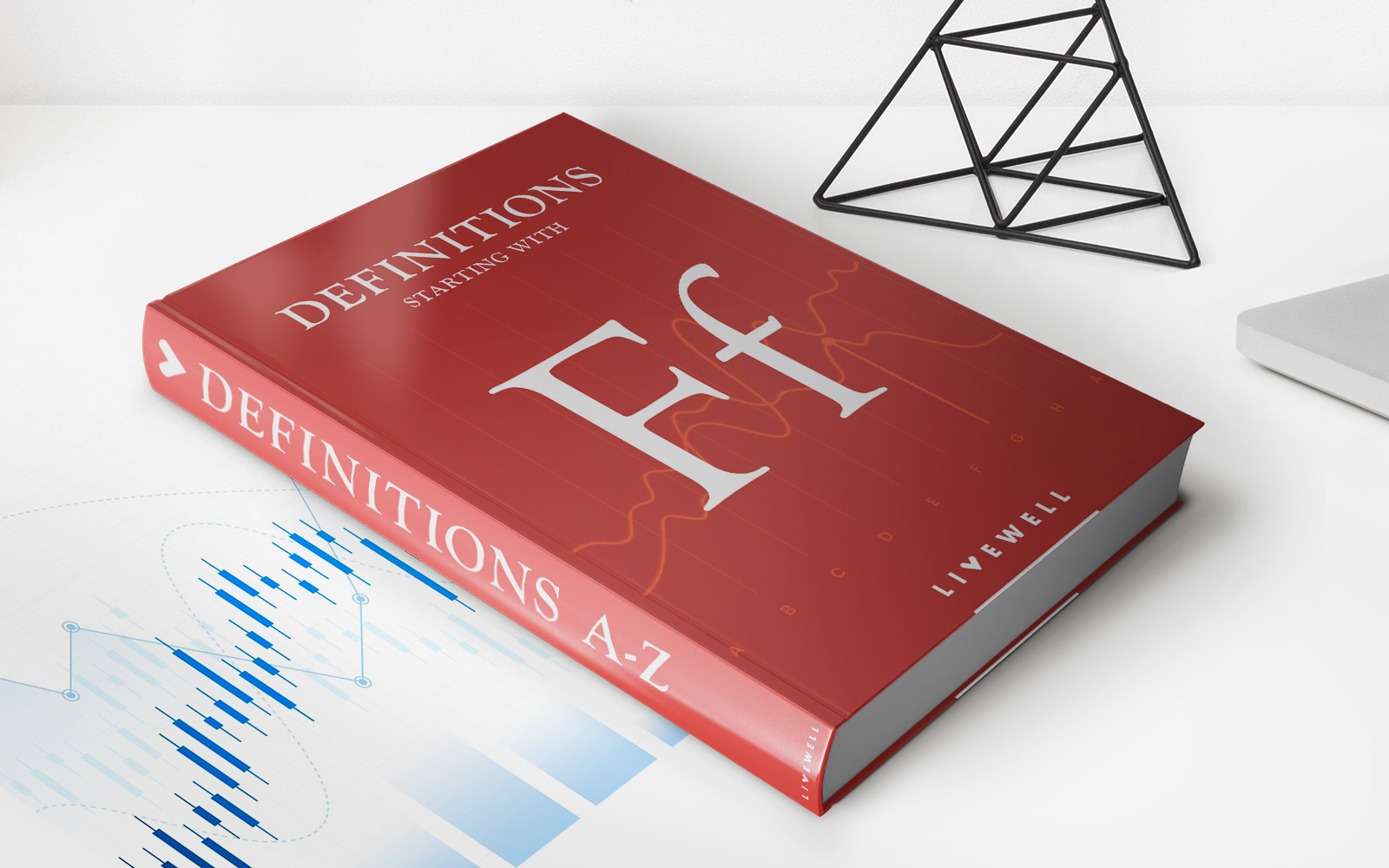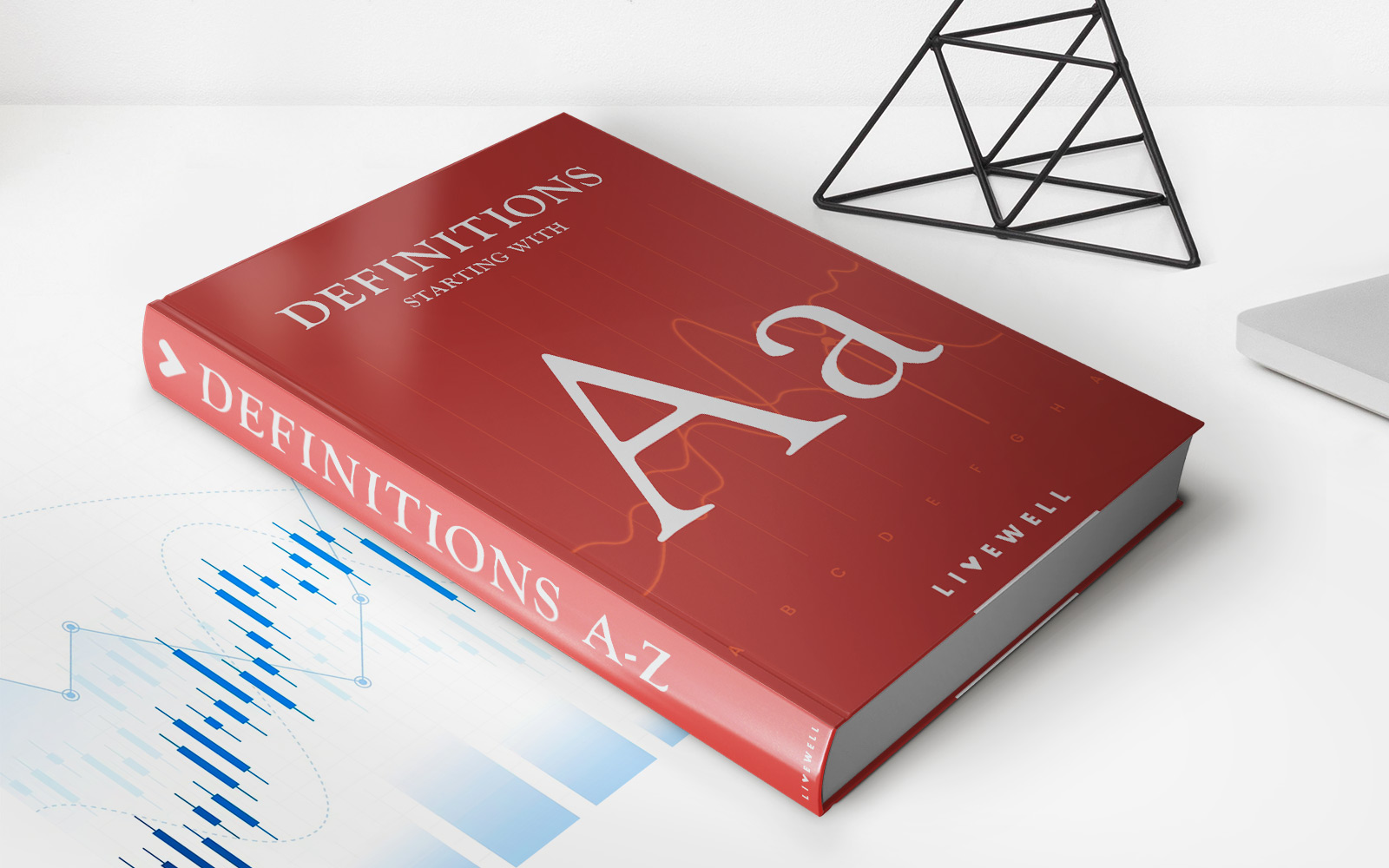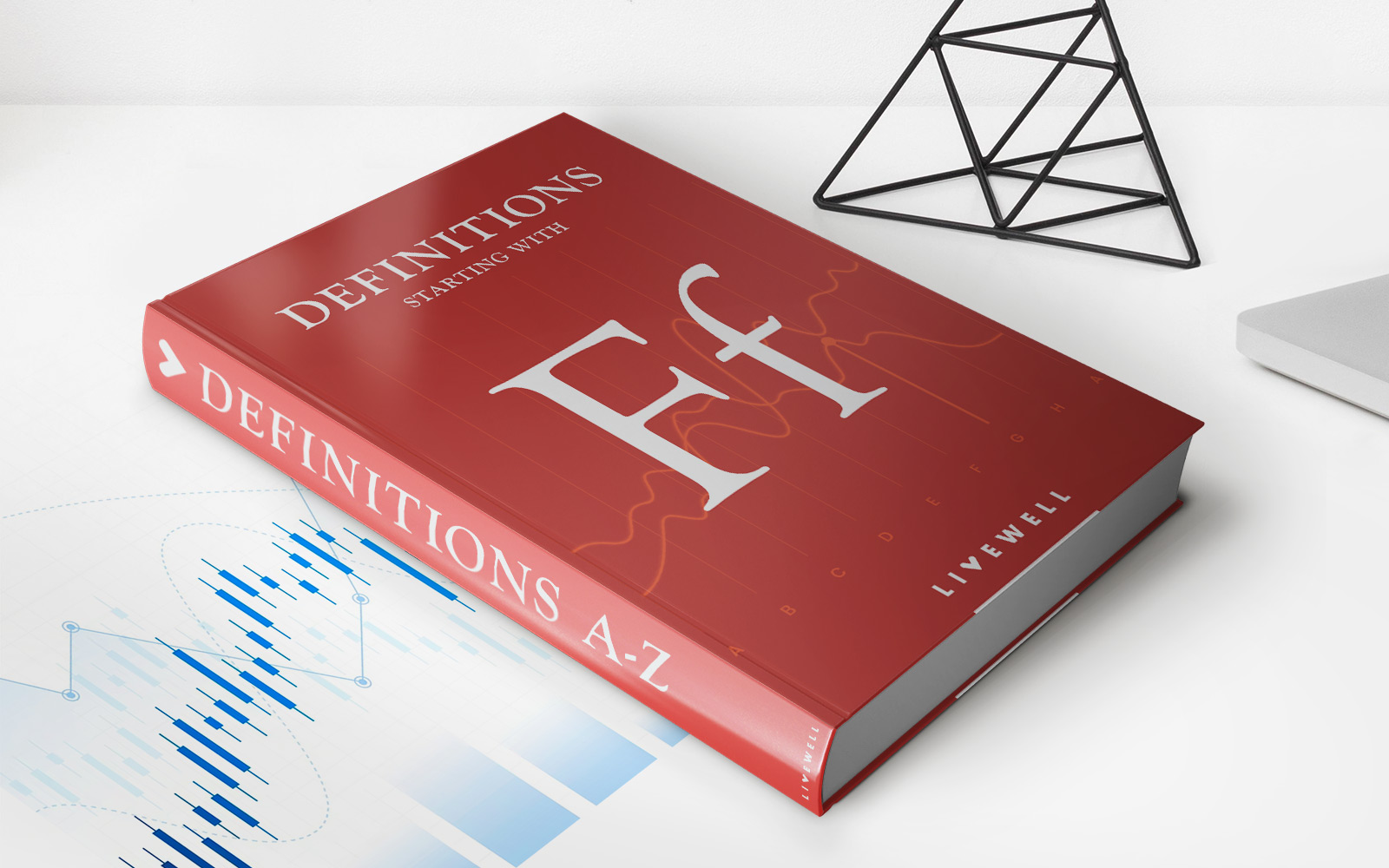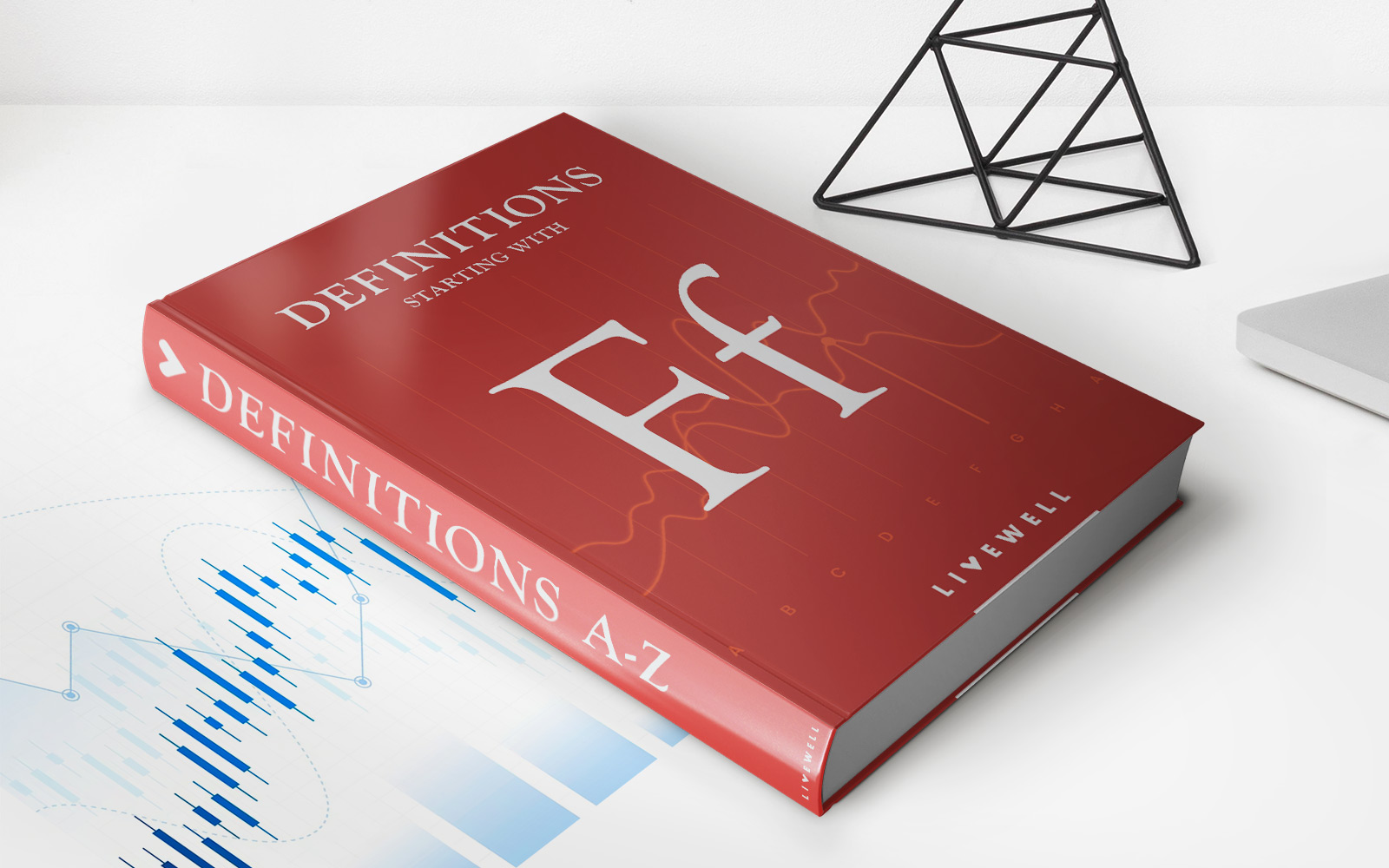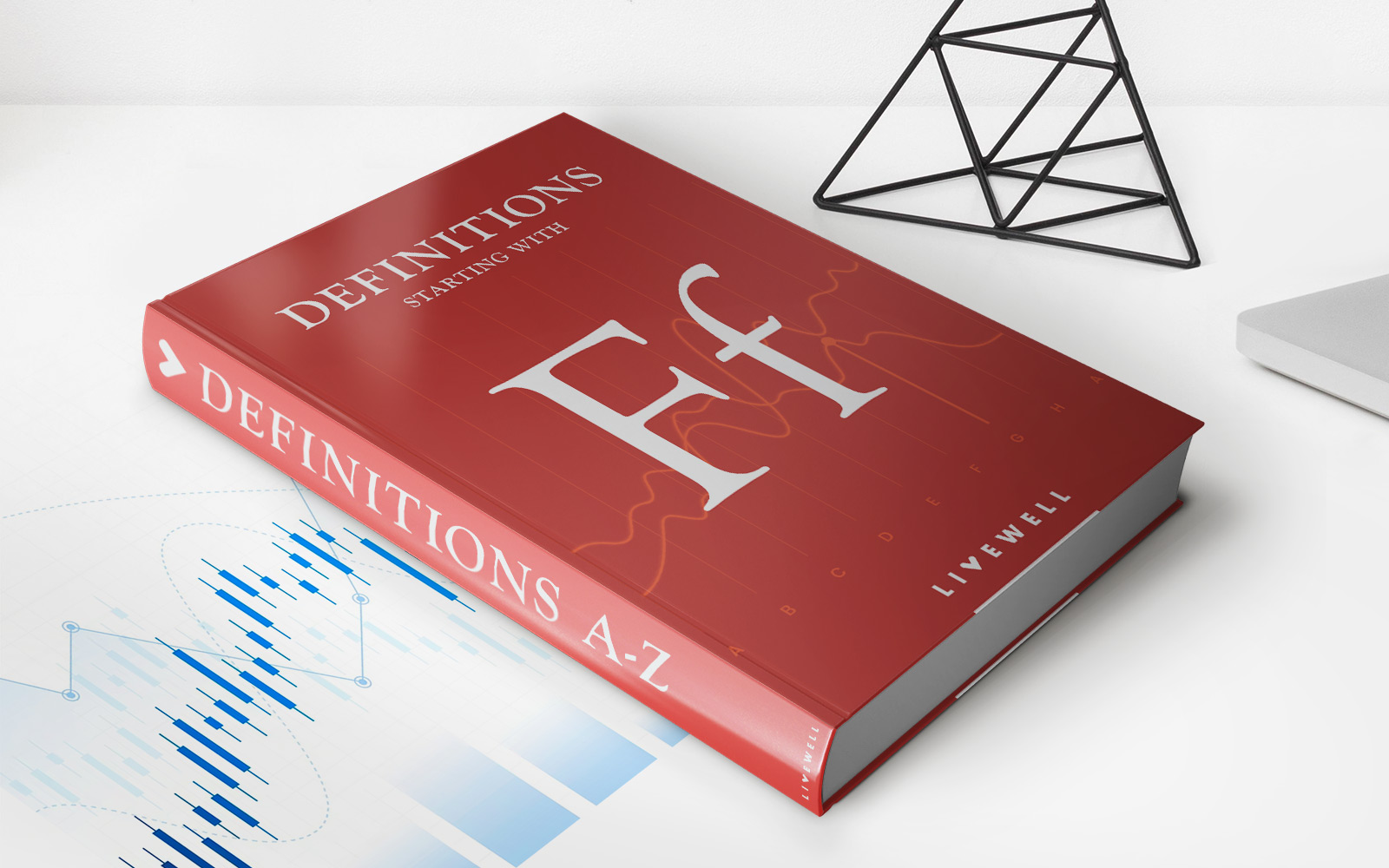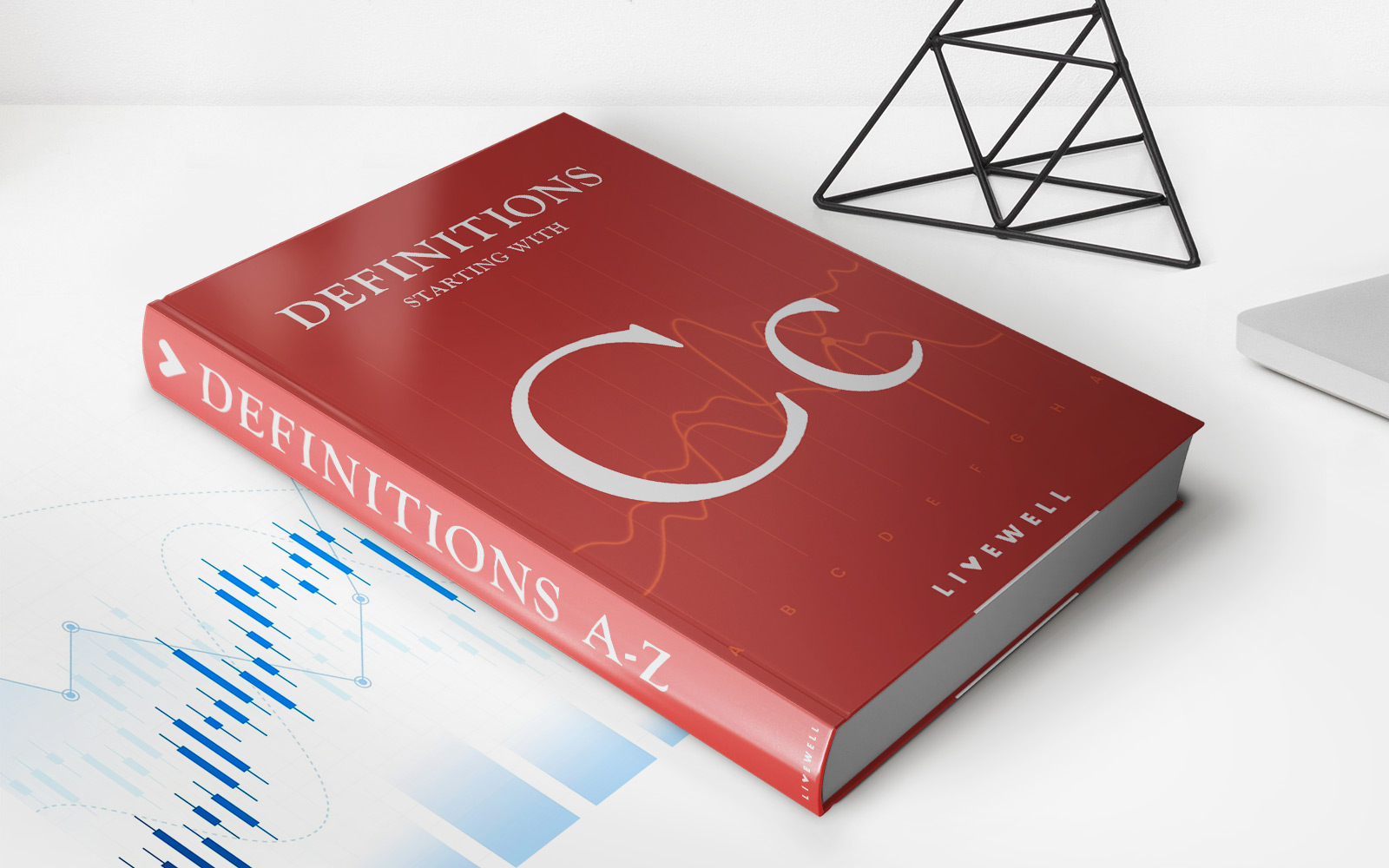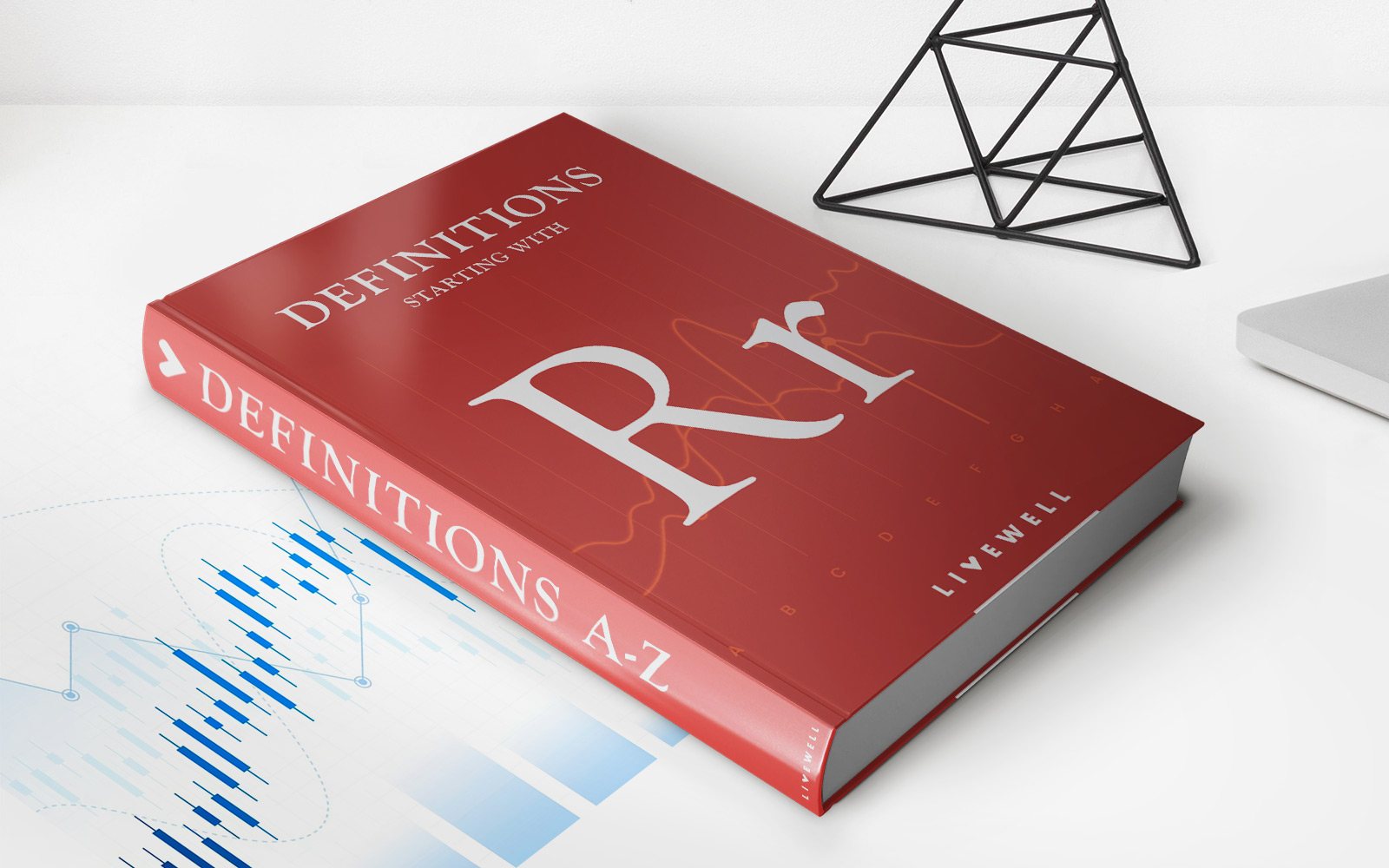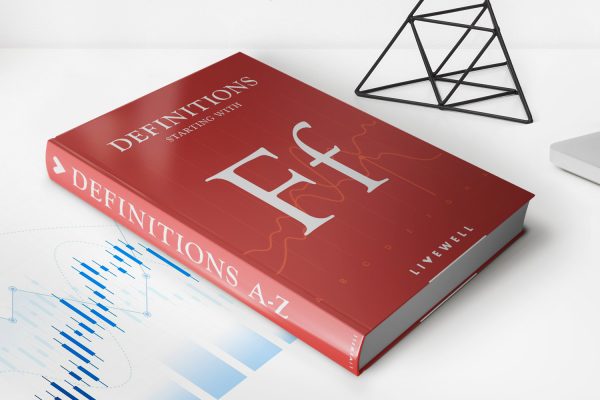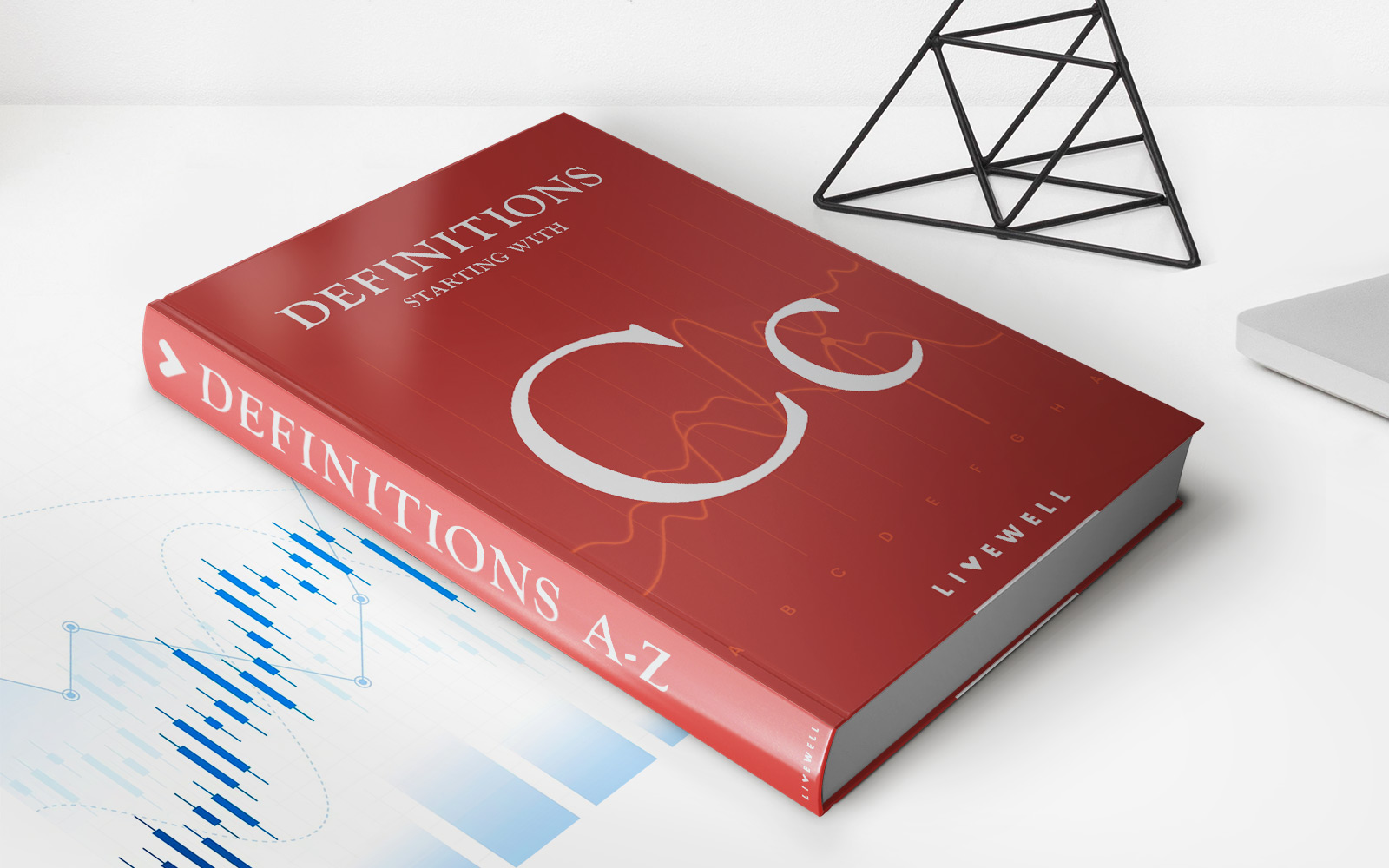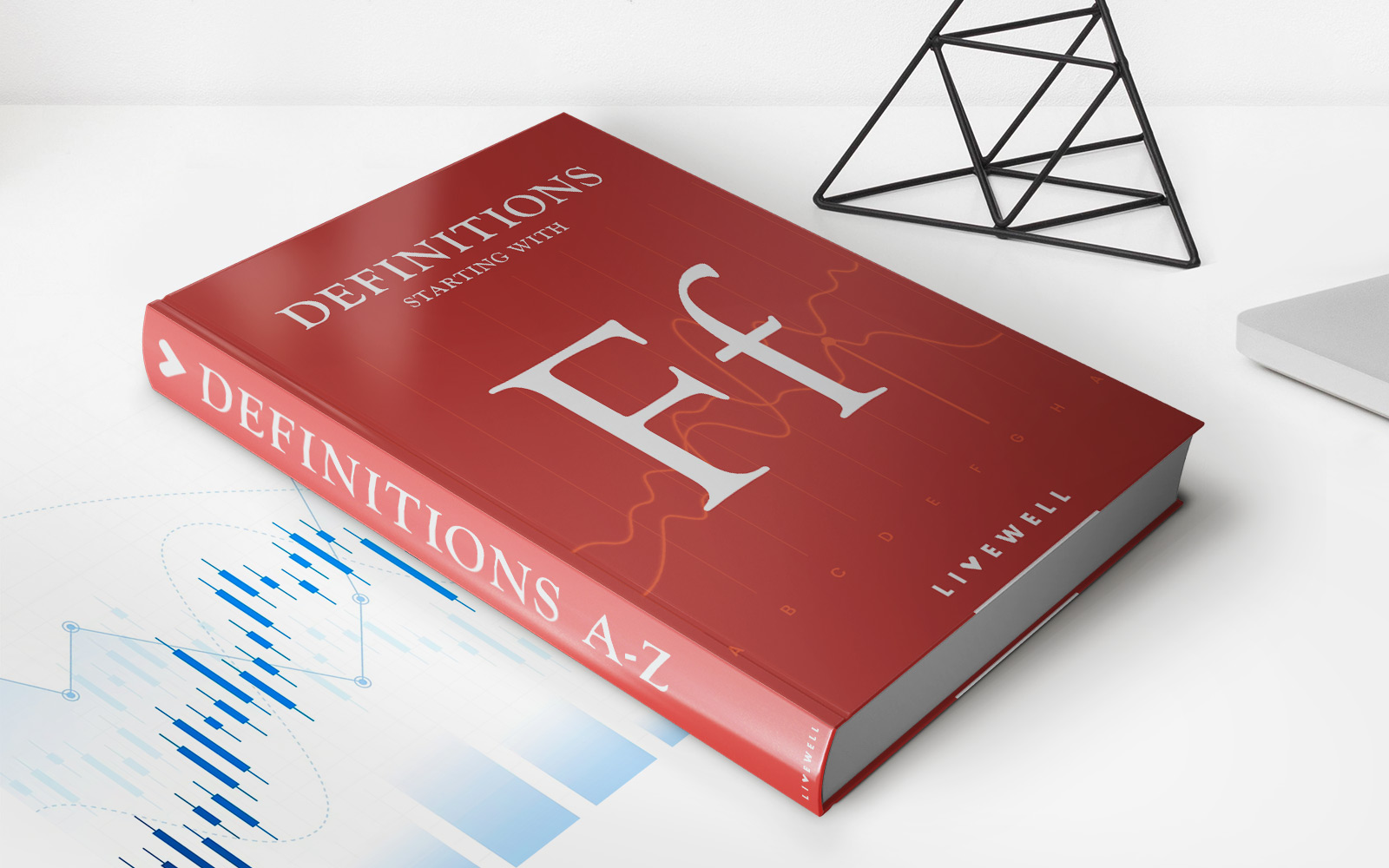Home>Finance>Floating Charge: Definition, How They’re Used, And Example
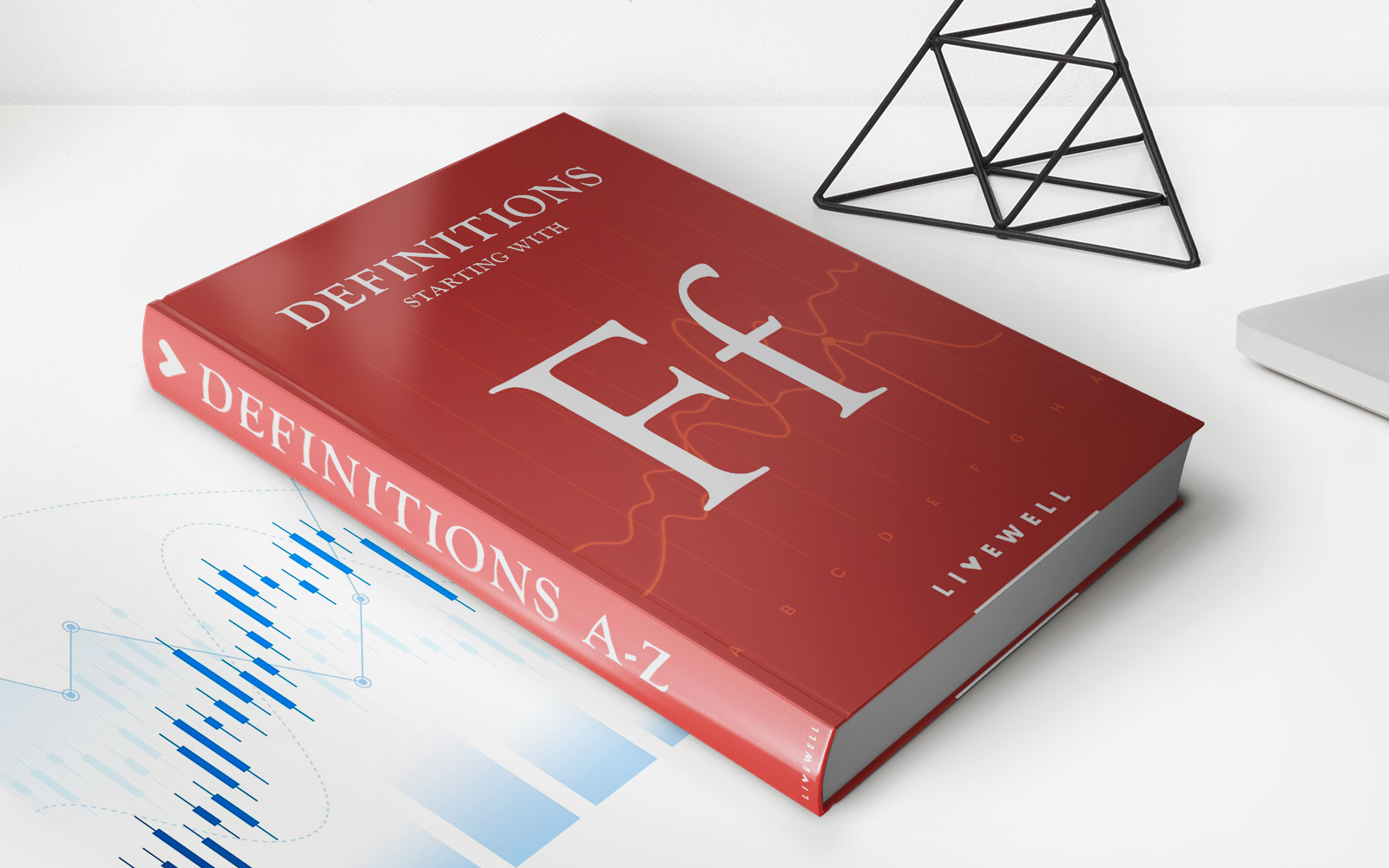

Finance
Floating Charge: Definition, How They’re Used, And Example
Published: November 25, 2023
Learn about floating charges in finance, including their definition, uses, and an example.
(Many of the links in this article redirect to a specific reviewed product. Your purchase of these products through affiliate links helps to generate commission for LiveWell, at no extra cost. Learn more)
Floating Charge: Definition, How They’re Used, and Example
Welcome to our finance category! In today’s post, we are going to delve into the concept of a floating charge. Have you ever wondered what a floating charge is and how it is used in finance? Well, you’ve come to the right place! In this article, we will provide you with a clear definition of a floating charge, explore how it is used in various financial transactions, and provide you with a real-life example. So, let’s dive right in!
Key Takeaways:
- A floating charge is a type of security interest or lien that allows a borrower to use the assets of their business as collateral without restricting their ability to trade those assets.
- Floating charges are commonly used in financing arrangements, such as loans, to provide lenders with a degree of protection in case the borrower defaults on their payments.
What is a Floating Charge?
A floating charge is a legal concept that allows a borrower or company to use its assets, whether they are tangible or intangible, as security for a loan or other financial obligations. Unlike a fixed charge, which is specific to certain assets like property or equipment, a floating charge “floats” over the entire assets of the borrower until it crystallizes into a fixed charge. This means that the borrower is able to use and trade their assets in the ordinary course of business, as long as they are not in default.
How are Floating Charges Used?
Floating charges are commonly used in various financial transactions to provide lenders with a level of security in case the borrower fails to meet their obligations. Here are some common scenarios where floating charges are utilized:
- Business Loans: When a company takes out a loan for business purposes, the lender may require a floating charge as security. This charge allows the lender to have a claim over the company’s assets, which can be used to recover their funds if the borrower defaults on the loan.
- Revolving Lines of Credit: Companies that rely on revolving lines of credit may also utilize floating charges. As the credit limit fluctuates, the floating charge provides a flexible form of security that can cover the changing value of the borrower’s assets.
- Debentures and Bonds: Companies issuing debentures or bonds may grant floating charges over their assets to secure the repayment of the debt. This provides an additional layer of protection for bondholders or debenture holders.
Example of a Floating Charge:
Let’s say Company X wants to expand its business operations and requires a sizeable loan to fund the expansion. In order to secure the loan, Company X grants a floating charge over its assets to the lender. This allows Company X to continue using and trading their assets while providing the lender with security in case of default.
If Company X fails to make their loan repayments as agreed, the floating charge will crystallize into a fixed charge, freezing the assets that were initially covered by the floating charge. The lender can then take control of those assets and sell them to recover the outstanding debt amount.
Floating charges are an essential tool in financing arrangements, providing flexibility to borrowers while offering security to lenders. Understanding how floating charges work can help both borrowers and lenders make informed decisions when entering into financial transactions. We hope this article has provided you with a clearer understanding of floating charges and their applications in the world of finance.
Thank you for reading! If you found this article helpful, please feel free to explore our other finance-related blog posts.
